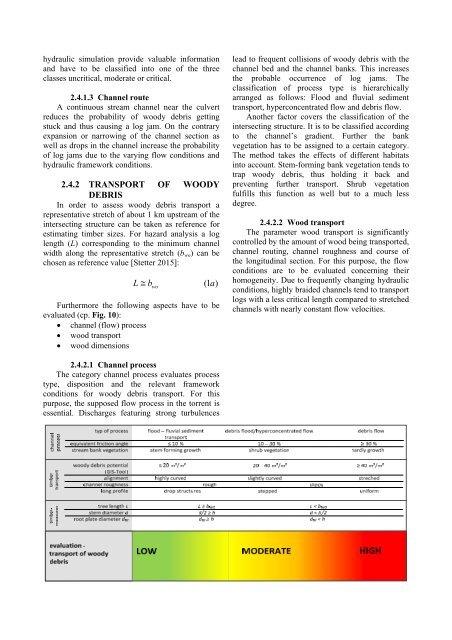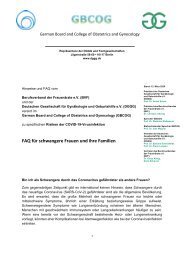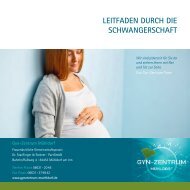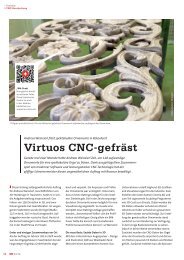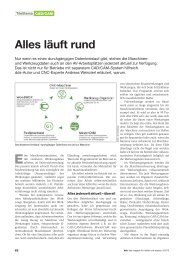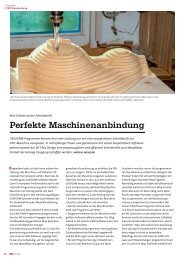Assessing torrential endangered areas in Bavaria – consideration of log jams at culverts and bridges
According to the Bavarian Water Act there is an obligation for the water management authorities to determine torrential endangered areas. In a legal sense these areas are primarily potential flood areas however under consideration of typical torrential characteristics. Especially the involvement of solids in the process has to be regarded. Therefore a standardized modular approach to assess torrential hazards was developed at the Bavarian Environment Agency.
According to the Bavarian Water Act there is an obligation for the water management authorities to determine torrential endangered areas. In a legal sense these areas are primarily potential flood areas however under consideration of typical torrential characteristics. Especially the involvement of solids in the process has to be regarded. Therefore a standardized modular approach to assess torrential hazards was developed at the Bavarian Environment Agency.
Create successful ePaper yourself
Turn your PDF publications into a flip-book with our unique Google optimized e-Paper software.
hydraulic simul<strong>at</strong>ion provide valuable <strong>in</strong>form<strong>at</strong>ion<br />
<strong>and</strong> have to be classified <strong>in</strong>to one <strong>of</strong> the three<br />
classes uncritical, moder<strong>at</strong>e or critical.<br />
2.4.1.3 Channel route<br />
A cont<strong>in</strong>uous stream channel near the culvert<br />
reduces the probability <strong>of</strong> woody debris gett<strong>in</strong>g<br />
stuck <strong>and</strong> thus caus<strong>in</strong>g a <strong>log</strong> jam. On the contrary<br />
expansion or narrow<strong>in</strong>g <strong>of</strong> the channel section as<br />
well as drops <strong>in</strong> the channel <strong>in</strong>crease the probability<br />
<strong>of</strong> <strong>log</strong> <strong>jams</strong> due to the vary<strong>in</strong>g flow conditions <strong>and</strong><br />
hydraulic framework conditions.<br />
2.4.2 TRANSPORT OF WOODY<br />
DEBRIS<br />
In order to assess woody debris transport a<br />
represent<strong>at</strong>ive stretch <strong>of</strong> about 1 km upstream <strong>of</strong> the<br />
<strong>in</strong>tersect<strong>in</strong>g structure can be taken as reference for<br />
estim<strong>at</strong><strong>in</strong>g timber sizes. For hazard analysis a <strong>log</strong><br />
length (L) correspond<strong>in</strong>g to the m<strong>in</strong>imum channel<br />
width along the represent<strong>at</strong>ive stretch (b wo ) can be<br />
chosen as reference value [Stetter 2015]:<br />
L b<br />
wo<br />
( 1a)<br />
Furthermore the follow<strong>in</strong>g aspects have to be<br />
evalu<strong>at</strong>ed (cp. Fig. 10):<br />
channel (flow) process<br />
wood transport<br />
wood dimensions<br />
lead to frequent collisions <strong>of</strong> woody debris with the<br />
channel bed <strong>and</strong> the channel banks. This <strong>in</strong>creases<br />
the probable occurrence <strong>of</strong> <strong>log</strong> <strong>jams</strong>. The<br />
classific<strong>at</strong>ion <strong>of</strong> process type is hierarchically<br />
arranged as follows: Flood <strong>and</strong> fluvial sediment<br />
transport, hyperconcentr<strong>at</strong>ed flow <strong>and</strong> debris flow.<br />
Another factor covers the classific<strong>at</strong>ion <strong>of</strong> the<br />
<strong>in</strong>tersect<strong>in</strong>g structure. It is to be classified accord<strong>in</strong>g<br />
to the channel’s gradient. Further the bank<br />
veget<strong>at</strong>ion has to be assigned to a certa<strong>in</strong> c<strong>at</strong>egory.<br />
The method takes the effects <strong>of</strong> different habit<strong>at</strong>s<br />
<strong>in</strong>to account. Stem-form<strong>in</strong>g bank veget<strong>at</strong>ion tends to<br />
trap woody debris, thus hold<strong>in</strong>g it back <strong>and</strong><br />
prevent<strong>in</strong>g further transport. Shrub veget<strong>at</strong>ion<br />
fulfills this function as well but to a much less<br />
degree.<br />
2.4.2.2 Wood transport<br />
The parameter wood transport is significantly<br />
controlled by the amount <strong>of</strong> wood be<strong>in</strong>g transported,<br />
channel rout<strong>in</strong>g, channel roughness <strong>and</strong> course <strong>of</strong><br />
the longitud<strong>in</strong>al section. For this purpose, the flow<br />
conditions are to be evalu<strong>at</strong>ed concern<strong>in</strong>g their<br />
homogeneity. Due to frequently chang<strong>in</strong>g hydraulic<br />
conditions, highly braided channels tend to transport<br />
<strong>log</strong>s with a less critical length compared to stretched<br />
channels with nearly constant flow velocities.<br />
2.4.2.1 Channel process<br />
The c<strong>at</strong>egory channel process evalu<strong>at</strong>es process<br />
type, disposition <strong>and</strong> the relevant framework<br />
conditions for woody debris transport. For this<br />
purpose, the supposed flow process <strong>in</strong> the torrent is<br />
essential. Discharges fe<strong>at</strong>ur<strong>in</strong>g strong turbulences<br />
Fig. 10 Classific<strong>at</strong>ion <strong>of</strong> woody debris transport


